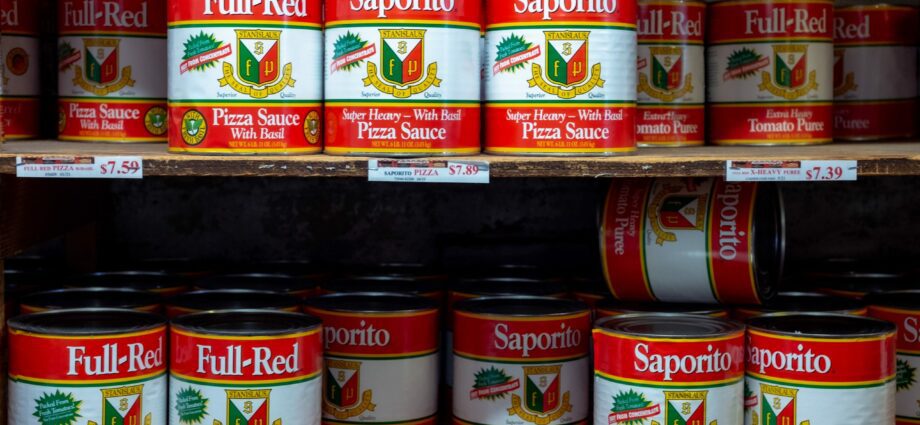Contents
7 things to know about canned foods

Canned foods are generally less nutrient dense, but this is not always true
In most cases, the canning process wastes a lot of nutrients. Less than five hours elapse between the time the food is harvested and the time it is packaged. The perditions vary depending on the food and nutrients.
For example, the canned tomato has a higher lycopene level than a fresh tomato, because the losses observed during storage are greater than those observed during canning. Regarding vitamins, they are destroyed up to 30 to 50% due to heat treatment1.
For antioxidants, their conservation varies from one food to another, but it seems that bleaching is responsible for part of their destruction.2 (beets lose about 64%, peas 46%, spinach 32%, chard and beans 29%, asparagus 25%, green beans 13%). But fat and fiber remain stable, so the content of these nutrients is comparable to that of fresh produce.3.
Fatty acids and carbohydrates are preserved, and would even improve the digestibility of food.
Minerals are 50% preserved, unless bleaching is done with steam. The main concern is what is sometimes added during the canning process, as the juice in canned foods is often high in salt, which increases the sodium content of foods.
Sources |










